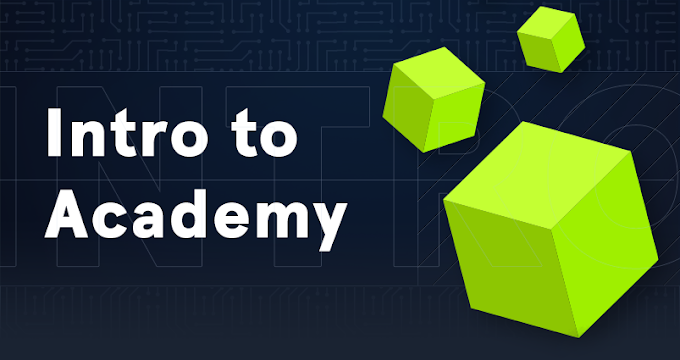Learning Process | Decision Making
The decision-making process in which we make our decisions about certain situations is a very extensive and complicated subject on which there are many studies and disagreements. Many different theories and phases have been created to facilitate a better overview of the thought processes of the human brain. However, as we can already imagine, it is far from easy to define such phases as each has individual thought processes and patterns.
A decision is, in simple terms, the choice of one of several options. All decisions are made based on the importance of the circumstances. We make decisions based on what we expect to get the most out of it. Thus, decisions are made not only rationally but also emotionally. Let's look at a very rough and simplified situation to make it more straightforward.
Let's assume that we have spontaneously been given a day off by our employer and a friend has asked us for help. We are faced with choosing whether we want to use our available time for our project, which we want to present to our employer and expect a salary increase, or whether we want to help our friend move. If our well-being is more important to us than our own income, we decide to help with the move. On the other hand, if our income seems more important to us, we will choose to spend time on our project.
Research in decision psychology has established that people by no means behave exclusively in terms of cost-benefit considerations. Since many models of rationality do not realistically reflect actual decision-making behavior, a person's decision-making behavior can be understood as a process in which rationality occurs only to a limited extent.
Let us look at a well-known example, the so-called Trolley Problem.
The Trolley Problem
The Trolley Problem is a thought experiment in which three different scenarios have occupied many philosophers, psychologists, and legal scholars for decades, and one of them is described as follows:
"A train speeds unbraked toward a group of five-track workers. The switchman might divert the train to a siding where only one person is working. Should he sacrifice one person to save five others?"
Try to decide for yourself while trying to figure out how that decision came about.
70,000 people in 42 countries were surveyed, and the survey results were published in an article in Proceedings of the National Academy of Sciences.
The Social and Personality Psychology Compass researchers criticized that scenario because it is too extreme. If we stay in this situation, the decision will be pretty tricky. The researchers finally said that the example is too extreme because people cannot be expected to make such decisions, and it is basically "impossible" to make a correct decision. This statement has many different reasons.
1. it is an enormous psychological burden before, during, and after the decision for the respective person.
2. the persons representing this statement do not see a solution for this situation.
3. and many other reasons based on personal experience.
This situation in which we have to decide is much more similar to the mathematics problem from the Way of Thinking section than it appears at first glance.
- 20 * ________ + ________ = 65535
Because here we have at first sight only two options:
1. either we switch tracks, and the train runs over one person
2. or we do nothing, and five people are run over by the train.
In our math example, we must decide where to place the smallest number to make it as easy as possible.
1. either we place it on the first open digit
2. or we place it on the second.
In both cases, the procedure changes, but the result remains the same. So in the math exercise, the result is 65,535, and in the trolley problem, someone is run over.
Let's consider the following solution to the trolley problem:








.gif)

Good
ReplyDeleteAmazing article
ReplyDeleteWhich one is best for learning.
ReplyDelete